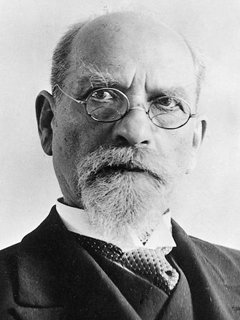
Publication details
Verlag: Springer
Ort: Berlin
Jahr: 1991
Pages: 215-224
Reihe: Contributions to Phenomenology
ISBN (Hardback): 9789401051385
Volle Referenz:
, "On geometric intentionality", in: Phenomenology and the formal sciences, Berlin, Springer, 1991


On geometric intentionality
pp. 215-224
in: Thomas M. Seebohm, Dagfinn Føllesdal, Mohanty (eds), Phenomenology and the formal sciences, Berlin, Springer, 1991Abstrakt
One of the crucial philosophical topics pursued by Husserl, and neglected by much of the tradition following Frege, is that of normative origins, that is, the rationale for the choice of mathematical concepts and first principles. The analytic tradition has had some difficulty finding a philosophical role for the generative or constitutive aspect of such choices. In The Origin of Geometry, Husserl concentrated on that aspect, seeking in it the basis for understanding meaning of mathematical theory. Professor Tragesser, in his recent book and in the current paper, is pursuing a related line.
Cited authors
Publication details
Verlag: Springer
Ort: Berlin
Jahr: 1991
Pages: 215-224
Reihe: Contributions to Phenomenology
ISBN (Hardback): 9789401051385
Volle Referenz:
, "On geometric intentionality", in: Phenomenology and the formal sciences, Berlin, Springer, 1991

